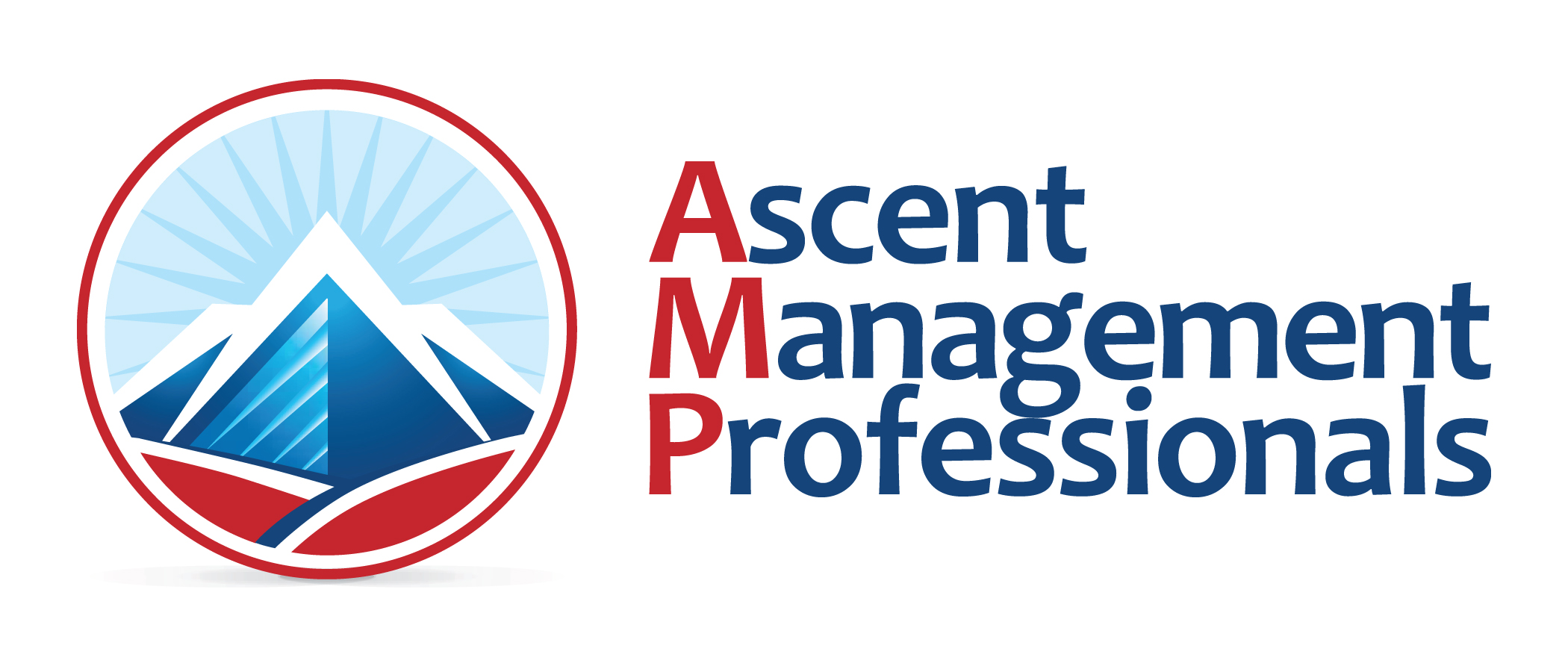Denver Water has declared a ![]() Stage 2 drought, effective April 1, which means customers may water no more than two days a week, and must follow a set schedule.
Stage 2 drought, effective April 1, which means customers may water no more than two days a week, and must follow a set schedule.
Despite recent snows in parts of Colorado, most of the state is in the second year of a severe drought that’s not getting better. The drought has led to low snowpack, above-average temperatures and low reservoir levels across the state. As a result, the Denver Board of Water Commissioners has declared a Stage 2 drought, which means customers will have two assigned watering days a week beginning April 1. Commissioners discussed their intention during a recent board meeting. “We’ve never seen conditions like this, and we are concerned about our water supply,” said Jim Lochhead, CEO/manager of Denver Water. “Our reservoirs haven’t been full since July 2011. We need our customers’ help to reduce water use and keep as much water as possible in storage as we move through this year and into the next.” “Our goal this summer is to ensure water is available for public health and safety, while balancing the quality of life and economic vitality of our community,” Lochhead said. “Last year was dry, and this year has been, too. Ultimately, we need to be prepared for a potentially worsening situation in 2014.” The utility asks customers to be cautious with water use this spring. While April is a good time to get irrigation systems set-up and examined, they don’t need to be used yet. Instead, postpone turning on sprinkler systems and hand-water sloped areas of the lawn or sections that are receiving full sunlight. April is typically a cool month with some precipitation, so it may not be necessary to water lawns two days a week, which will help save water. Mandatory watering restrictions mean Denver Water customers may only water two days a week and must follow this schedule: Single-family residential properties with even-numbered addresses: Sunday, Thursday Single-family residential properties with odd-numbered addresses: Saturday, Wednesday All other properties (multi-family, HOA, commercial, industrial, government): Tuesday, Friday In addition, customers must follow these annual watering rules: Do not water lawns between 10 a.m. and 6 p.m. Do not waste water by allowing it to pool in gutters, streets and alleys. Do not waste water by letting it spray on concrete and asphalt. Repair leaking sprinkler systems within 10 days. Do not water while it is raining or during high winds. Snowpack in the PDF document South Platte and PDF document Colorado River basins from which Denver Water receives water are 53 percent of average and 68 percent of average, respectively. That snow is what serves as Denver’s PDF document water supply. “This year, we all must do our part to save water indoors and outdoors,” said Lochhead. “Together, we need to save 50,000 acre-feet of water, or 16 billion gallons, by April 2014.” The utility plans to cut operating expenses, defer projects and tap cash reserves to help balance finances through the drought. A temporary drought pricing structure also is expected to be implemented, starting with May water use, to encourage customers to use even less water and help reduce revenue loss. Use these conservation tips to help save water indoor and out.
